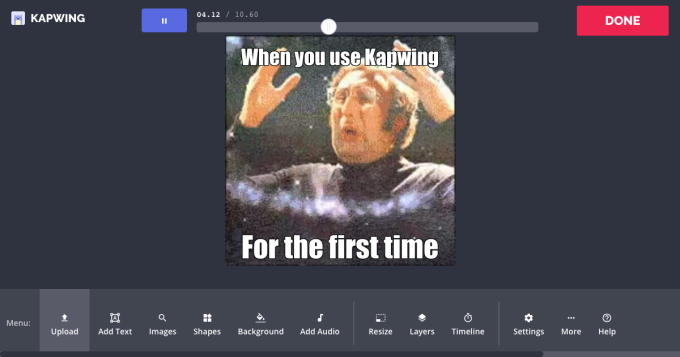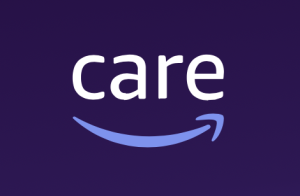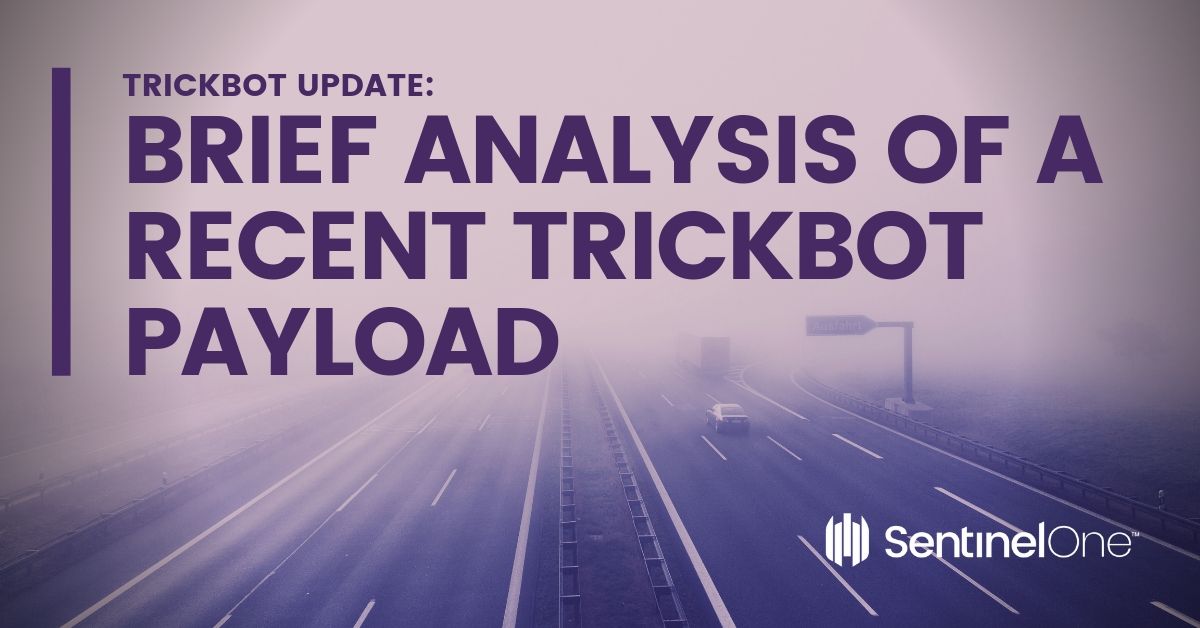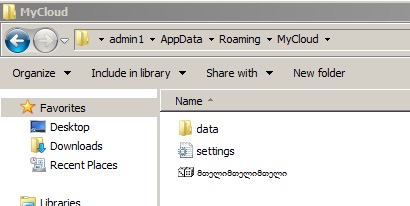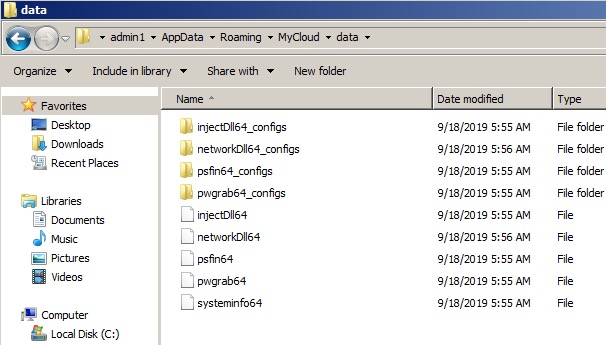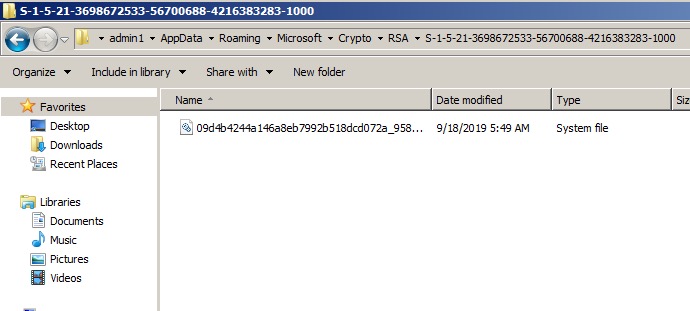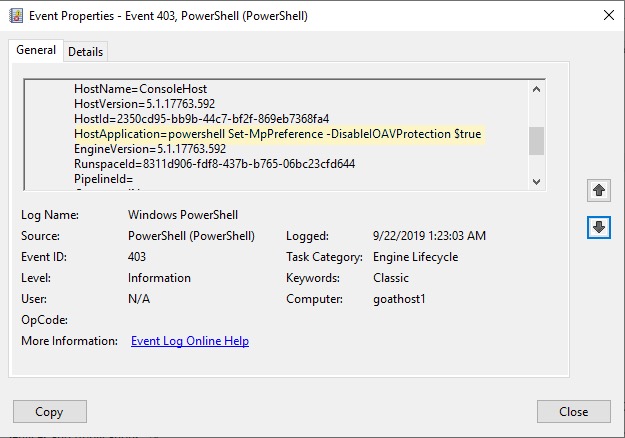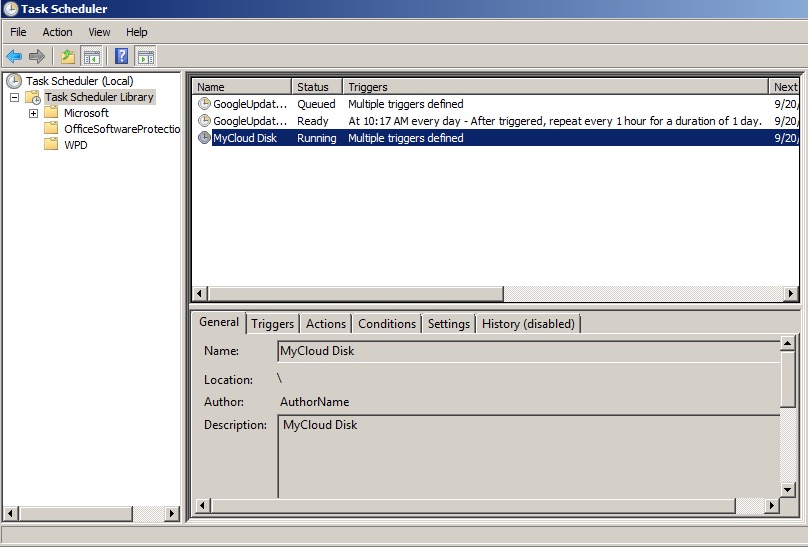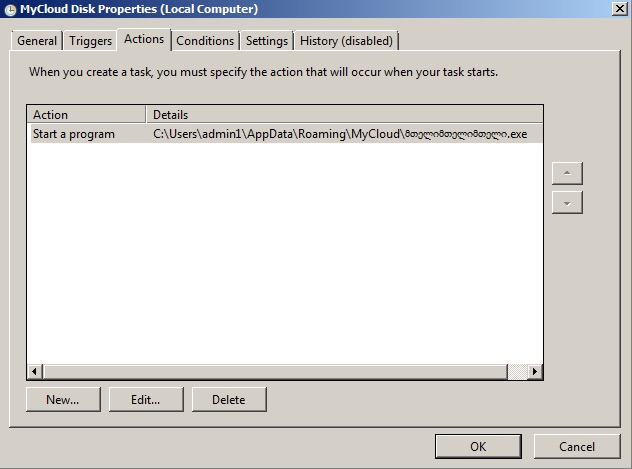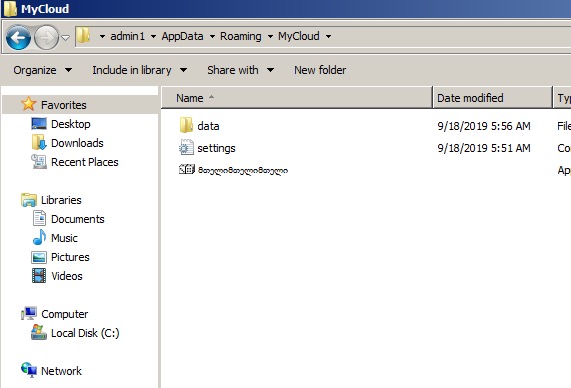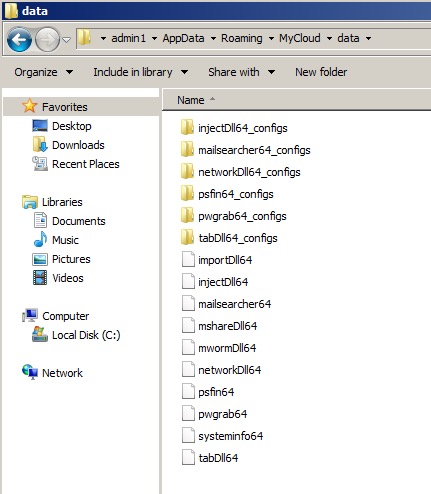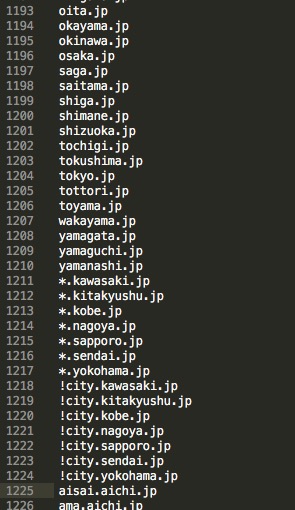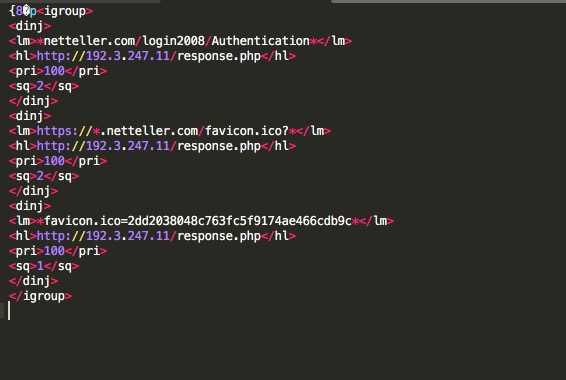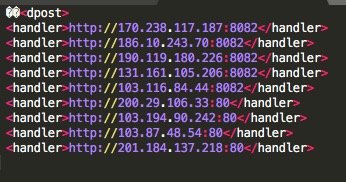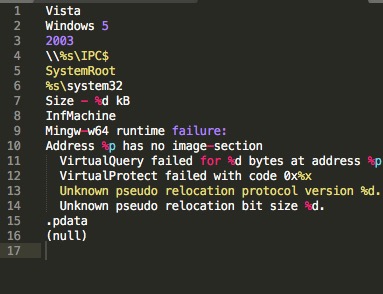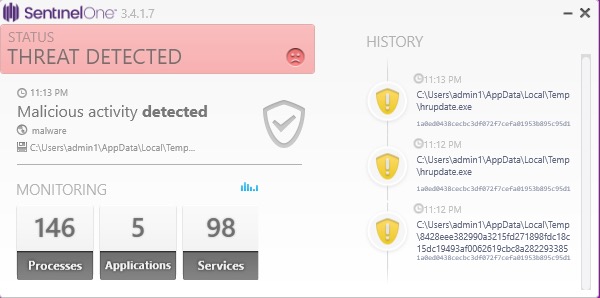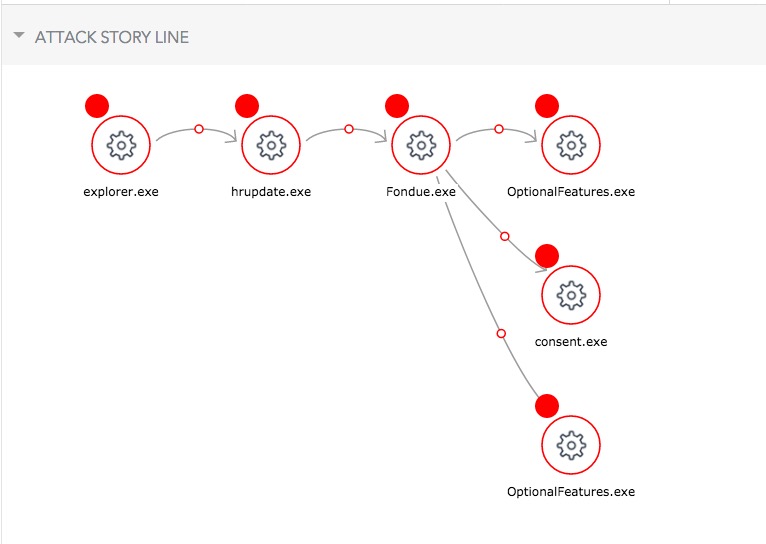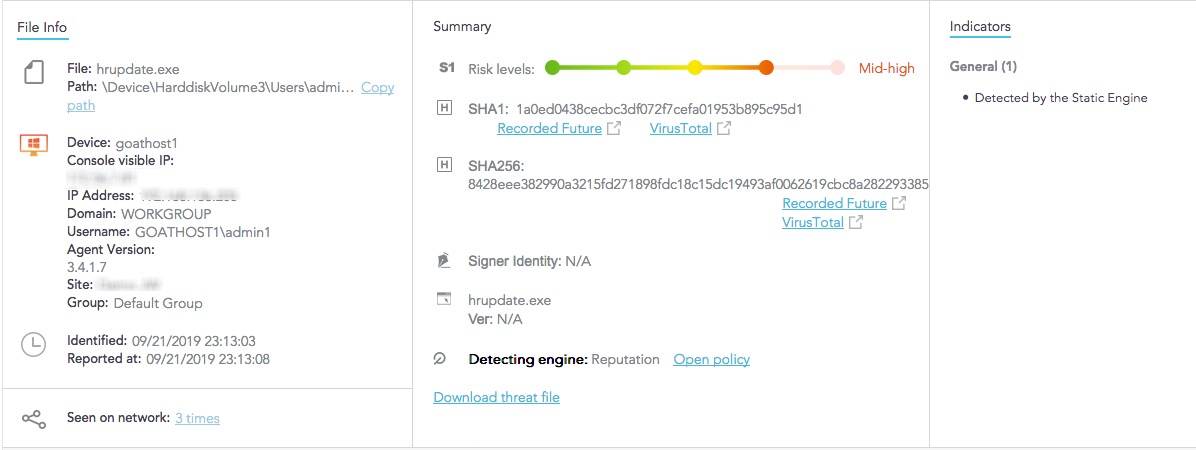Tipalti collects $76M from Twitter alums’ 01 Advisors and more for its AI-based accounts payable solution
Accounting is one of the cornerstones to building a business, but for most companies, getting it right is more of a necessity than it is one of their core competencies. That has created a vacuum, and now, a company called Tipalti — which has developed a popular solution to automate accounting for businesses that are not accounting companies by nature — has raised a significant round of funding to underscore that demand.
Today, the Israeli-Californian startup is announcing that it has picked up $76 million, money it plans to use to continue expanding the functionality of its platform and growing its business.
The funding, a Series D that brings the total raised by Tipalti to $146 million, is interesting in part because of who is providing it. Led by Zeev Ventures, it also includes backing from previous investor Group 11, along with new backers 01 Advisors, Greenspring Associates and TrueBridge Capital Partners.
In case the name doesn’t ring a bell, 01 Advisors is the new investment firm co-founded by Twitter’s former CEO and COO, Dick Costolo and Adam Bain, respectively, which started raising money only last month and appears to have disclosed one other investment before this (in the esports startup PlayVS).
01 Advisors’ interest in backing Tipalti comes from the fact that Twitter is a longtime customer of Tipalti’s, dating back to when Costolo and Bain were running things. Chen Amit, CEO and co-founder of Tipalti, told me in an interview that the social media company signed up around the time that it was going public, ramping up its revenue-generating functions (mainly advertising), and needed a strong accounts payable solution to pay suppliers and others in its ecosystem that wouldn’t break the bank and would help it track all the taxes and other areas that would now be getting thoroughly audited.
That experience, along with Tipalti’s wider track record among other fast-growing tech businesses whose business models are built on working with large networks of partners — other customers include Uber, Roku, Zumba, GoDaddy, Zola, GoPro, Foursquare and Vimeo — is what compelled Costolo and company to invest.
“While at Twitter, we chose Tipalti and they played a pivotal role in enabling us to scale and grow,” he said in a statement. “Tipalti’s platform was crucial in helping us manage payments to thousands of our publishers and partners around the world with ease, while delivering a flawless experience. Investing in Tipalti allows us to help bring the same benefits we experienced as operators to the thousands of companies that need this support.”
Tipalti’s emergence and growth comes out of an interesting climate shift in the world of startups. The accounting department is not the first thing people usually think about when they consider an exciting tech startup. Indeed, there’s a longstanding belief among some founders and their investors that certain ideas are too good to adulterate early on with thoughts of generating revenue, especially when the startup is in high-growth mode. However, when the scale does tip over into making money (way earlier for some than others), it becomes a crucial area to get right.
Tipalti sits among a number of other startups that have emerged in recent years to help handle less-sexy, but very essential, back-office functions, the kind that can cripple or even kill off a business if not handled well. Others in the group include the likes of AppZen, which has built AI-based expense auditing tools that it now wants to expand into other finance-team functions; and Gusto, which helps manage payroll and benefits.
There are also a number of companies looking to build better tools for accounts payable automation, including the likes of AccessPay (which also covers accounts receivable functions), OneSource Virtual, and MineralTree. All of the big accounting software providers will provide a degree of automation in their products, too, although Tipalti’s Amit believes that these target much larger enterprises. RPA companies that are aiming to automate all back-office functions are also potential (if not existing) competitors, too.
Tipalti’s pitch is primarily to the midmarket, which is partly why it has been a big hit with startups that are growing fast but might not yet be at the point of considering solutions built for much larger companies. The tools are able to read, process, pay and account for invoices using its automation technology, and the startup measures its effectiveness in terms of how much human work it can take on.
In fact, it describes a slightly frighteningly precise efficiency equivalent: citing research from the Levvel Research Accounts Payable Survey, the average midmarket organization has “an average of 9.8 full-time accounts payable employees.” Tipalti says that its platform can provide 80% of that workload function. (The idea being that the remaining 1.96 of humans (!) left over after Tipalti has done its magic can work on other tasks and longer need to dedicate all of their time to accounts payable procedures.)
It’s not just about reducing human overhead, though.
Amit said that some 30%-40% of its customers are gig economy businesses, with a fair number working across different international markets. That makes for a very messy accounting operation. “When you have payees all over the world, that affects you every month,” he said, adding that regulations are becoming ever more stringent on how businesses account for revenues and pay out to people, with the rise in money laundering and using assets in nefarious ways. “Regulators want more information communicated around payments, or there can be a new embargo on an entity, and so you need to change that, your banking process and who you can work with.”
The big pitch with automating companies may be that they are not aiming to take humans out of work, but to free them up to work on other things that AI cannot replace — not yet, anyway — and as an added benefit, they are helping companies reduce their operational expenses and helping them to run things better. How that will play out in the longer term could indeed be great, or it could see even more people with too much time on their hands. But in the meanwhile, Tipalti has grown by leaps and bounds. The company says it’s now processing more than $8 billion in annual transactions, with its customer and business bookings doubling in the first half of 2019.
Tipalti is not disclosing its valuation with this round, but Amit said on the back of that growth it has tripled since it last raised money.
![]()



